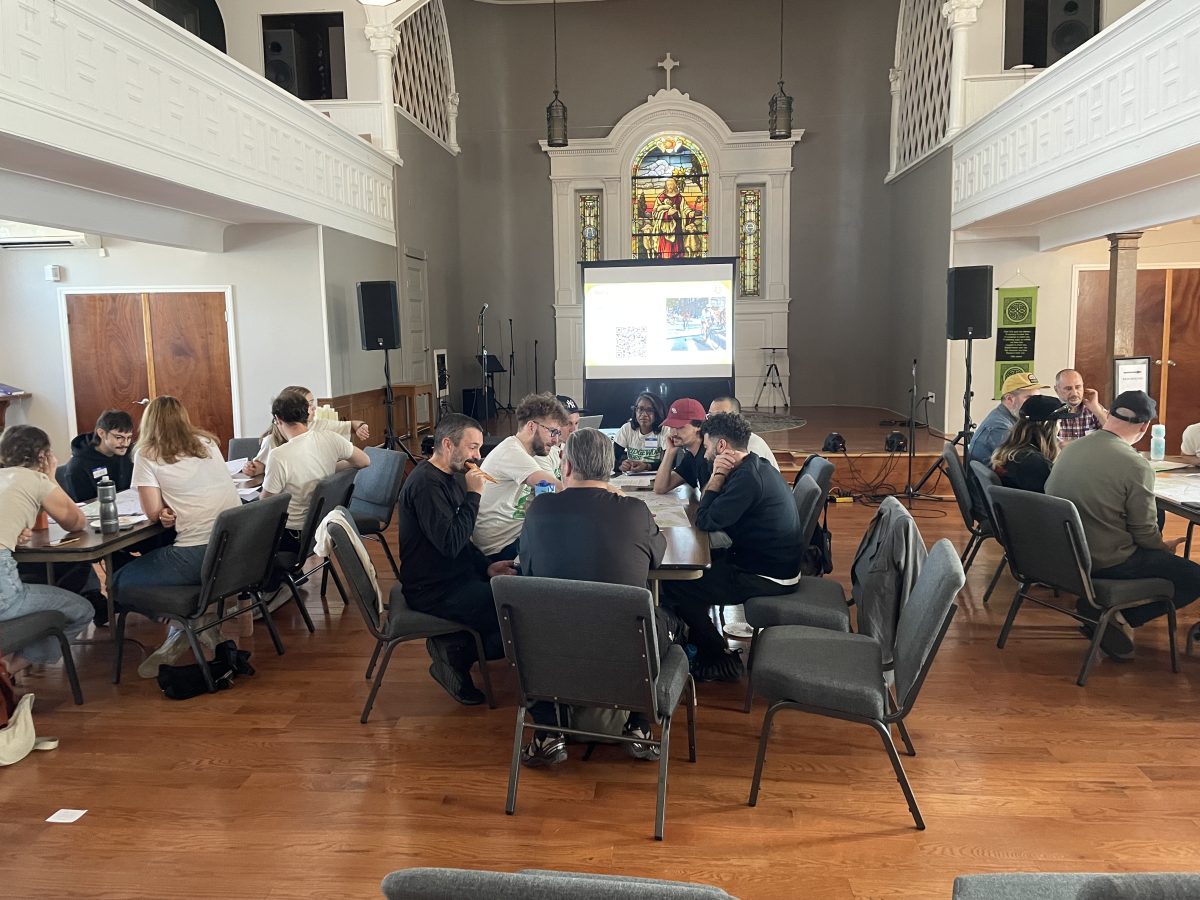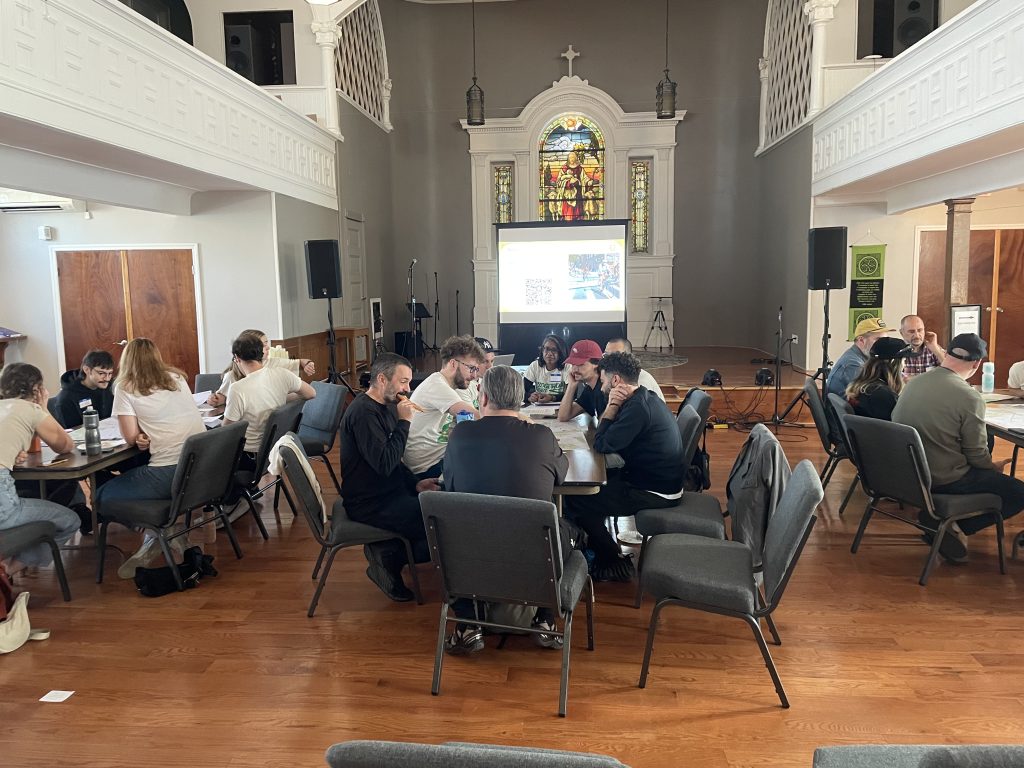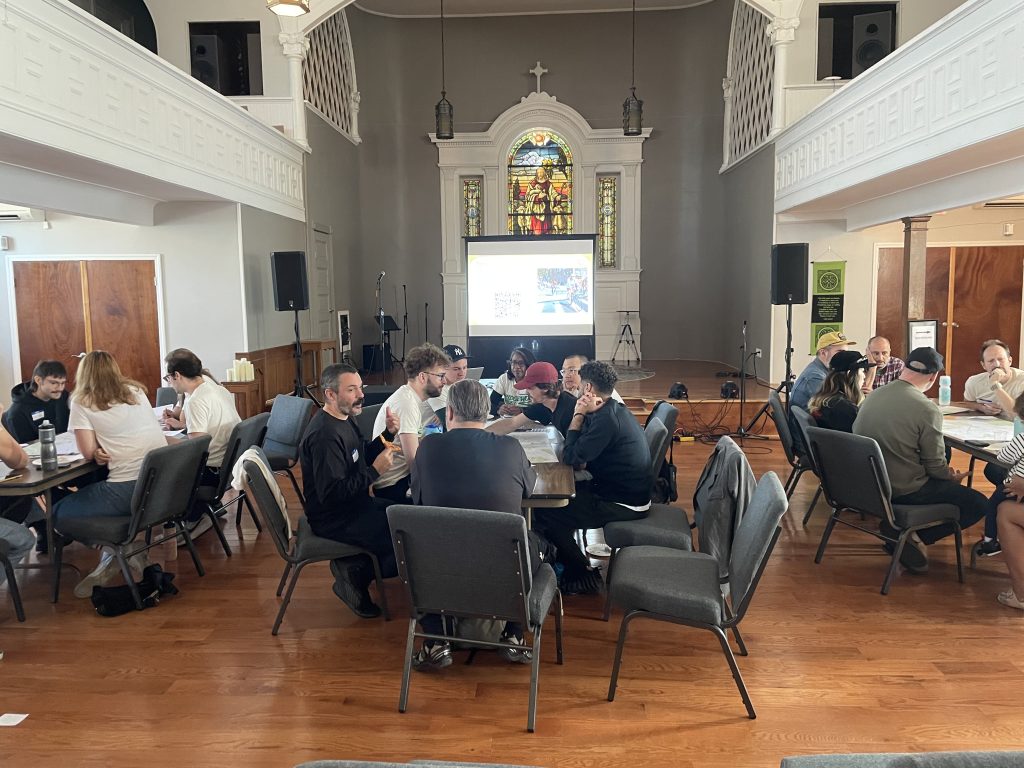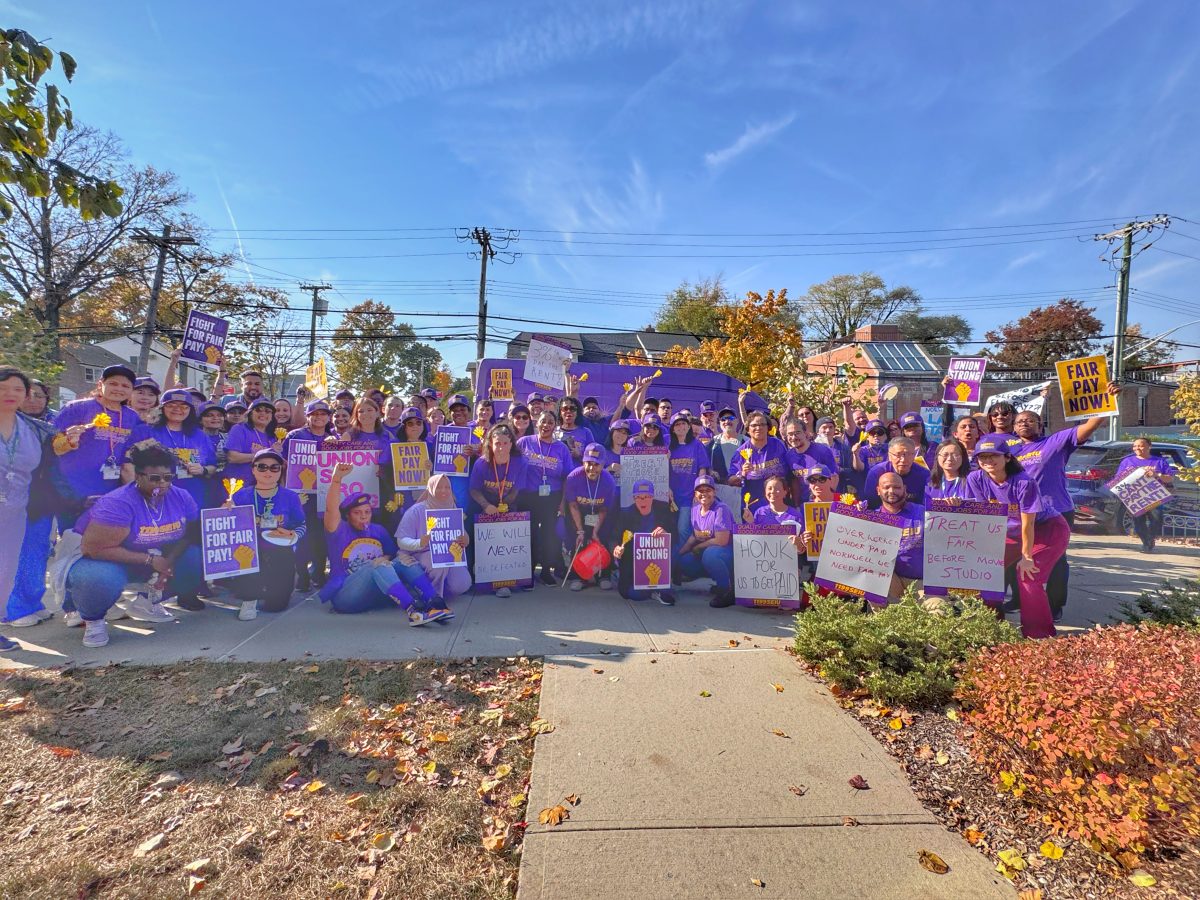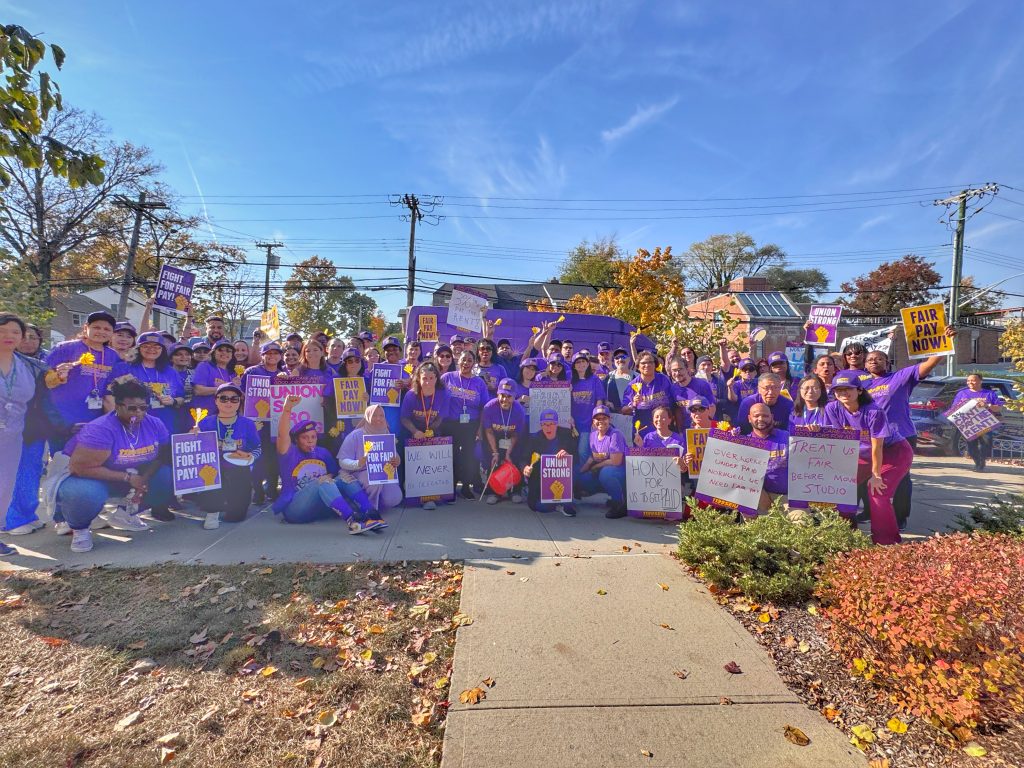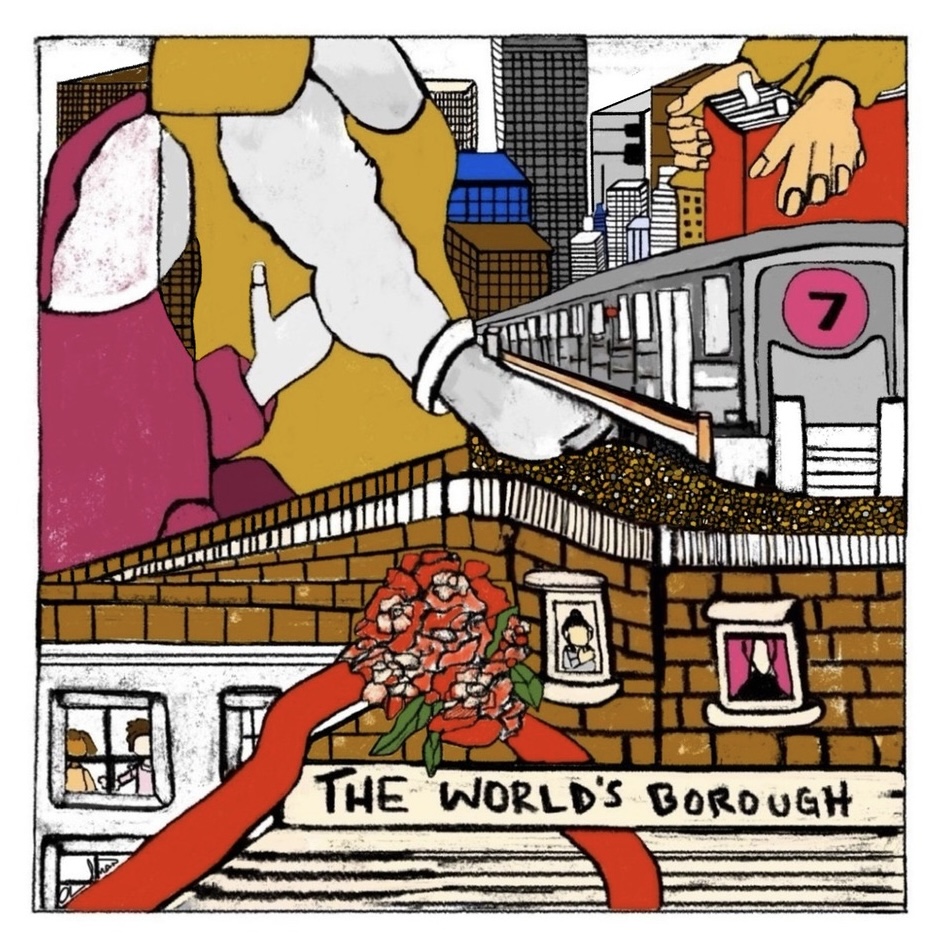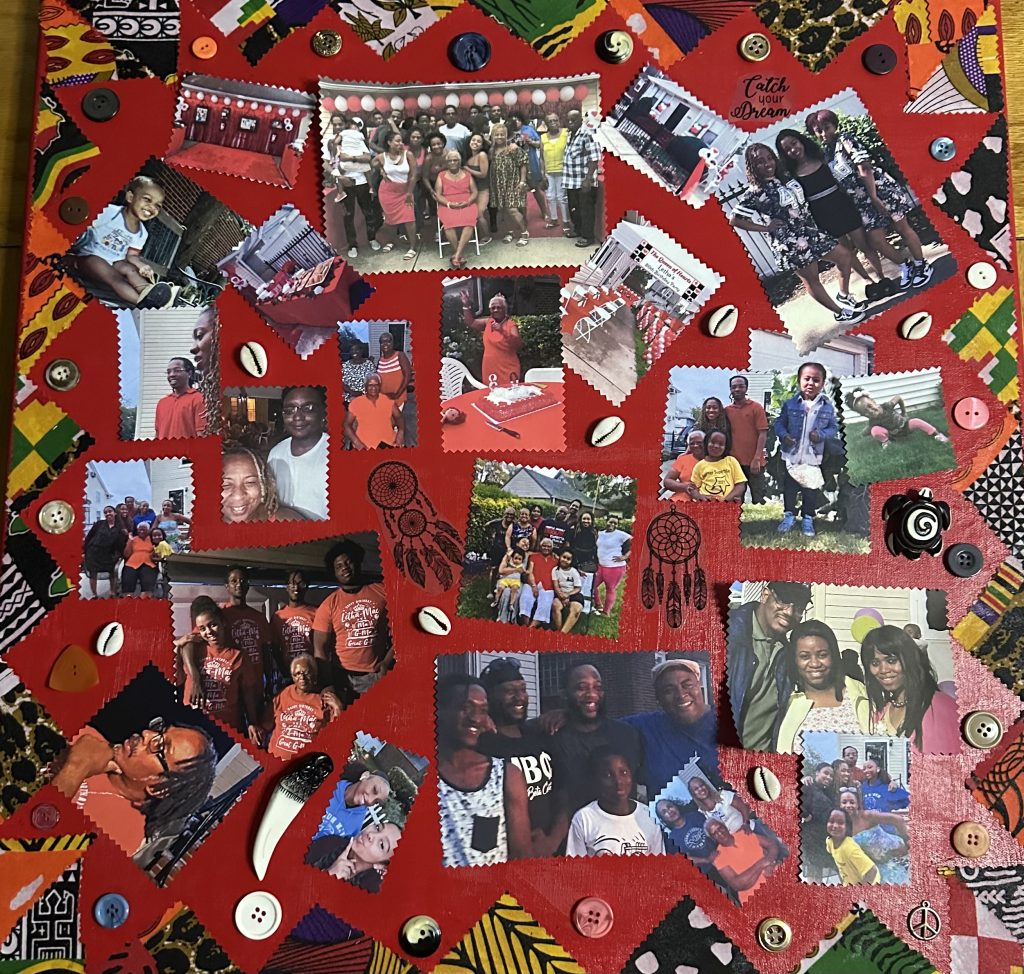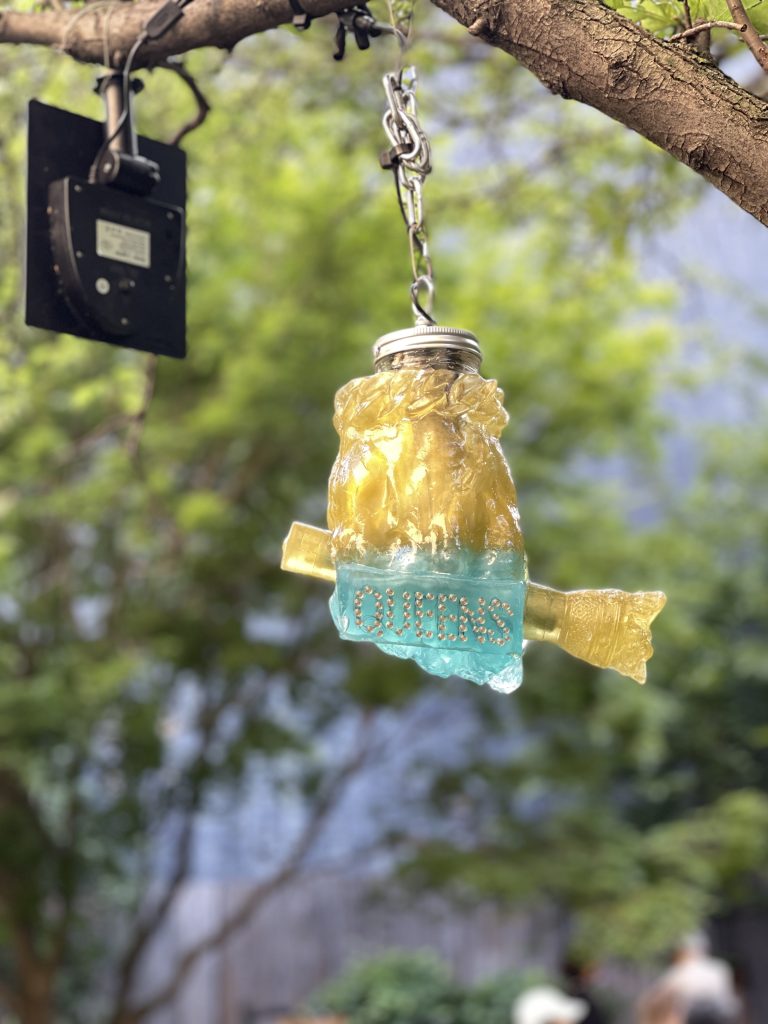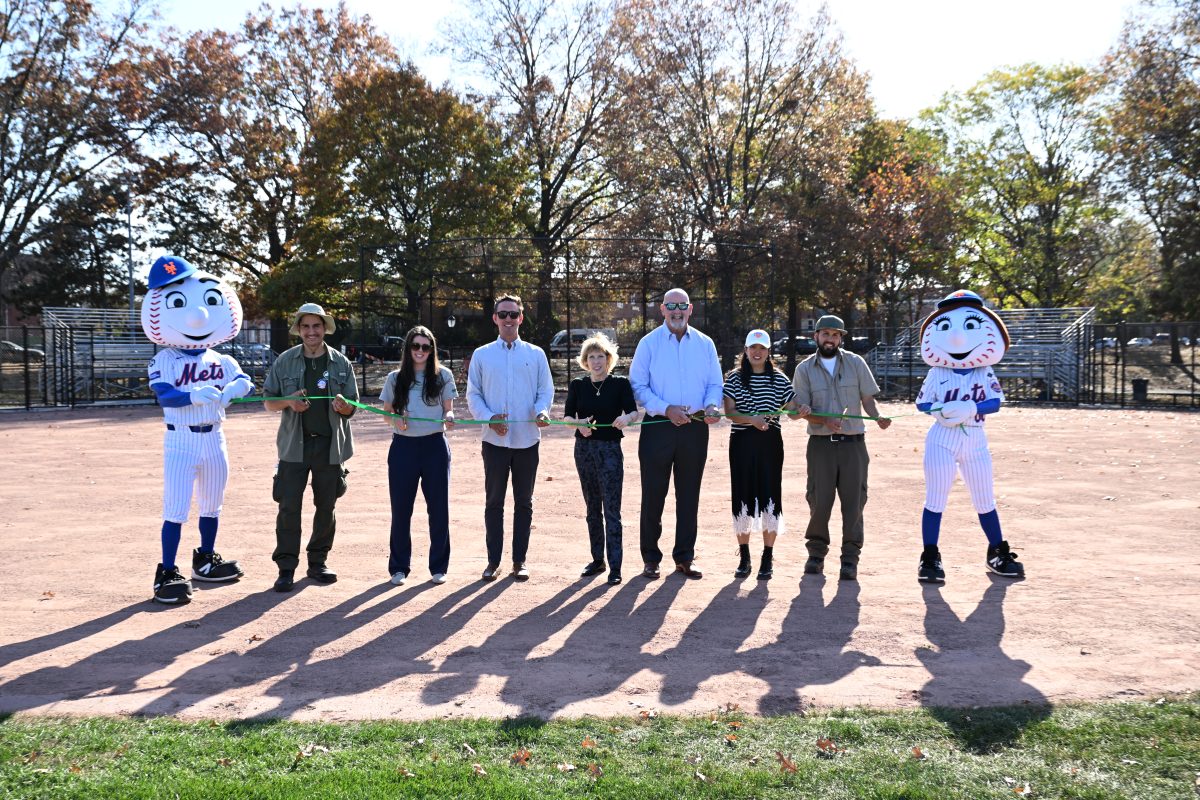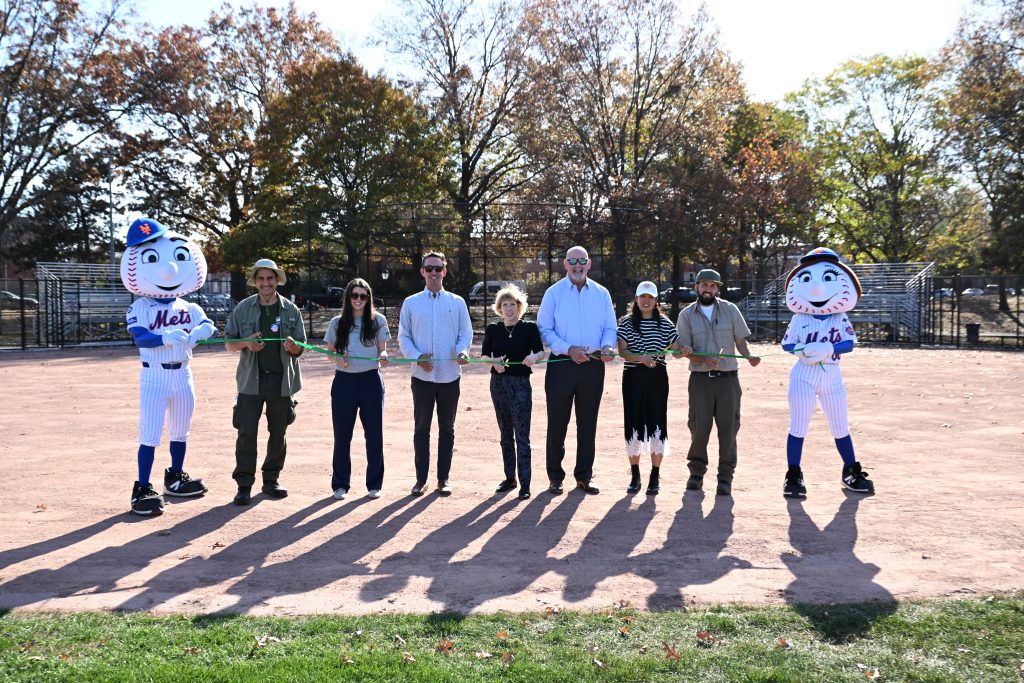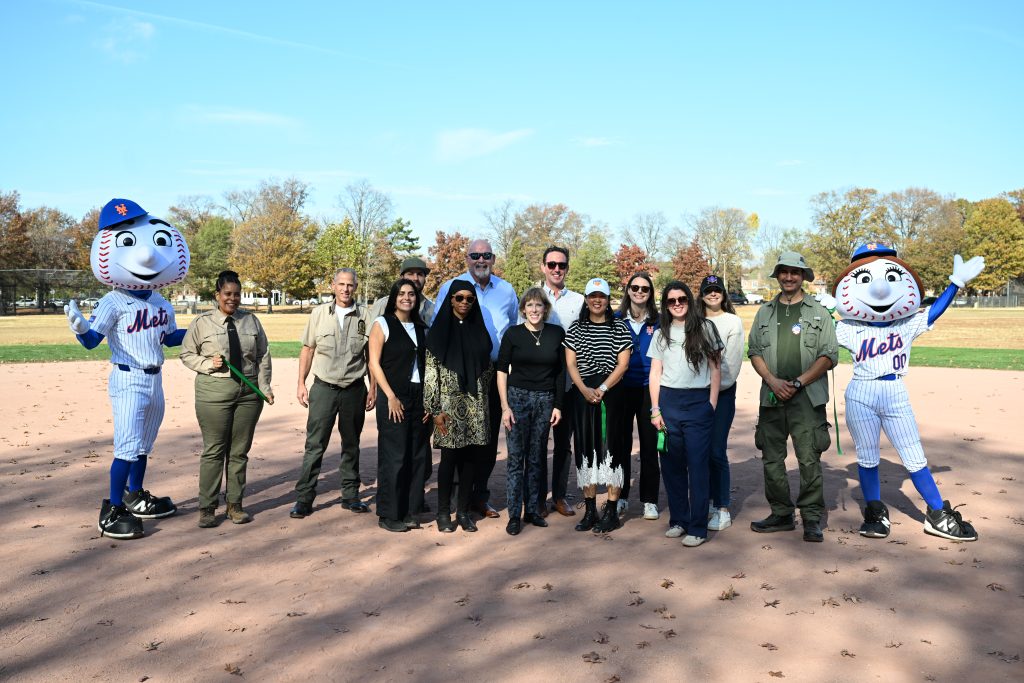New York Proposes Ending Regents Exam Requirement

Courtesy Freepik
New York officials have proposed ending the Regents exam requirement for graduation, allowing students to show proficiency in key skills like critical thinking and communication.
By MOHAMED FARGHALY
mfarghaly@queensledger.com
New York state education officials unveiled a set of proposed changes that would eliminate the requirement for students to pass Regents exams in order to earn a high school diploma. The proposal, part of an ongoing effort to update graduation standards, would offer students more flexibility in how they demonstrate their knowledge and skills before graduating.
Under the new framework, students would be required to show proficiency in a range of areas critical for success in the modern world. These areas include critical thinking, effective communication, cultural and social-emotional competence, innovative problem-solving, and literacy across various content areas. Additionally, students would need to meet standards for becoming global citizens. These attributes are outlined in what the state is calling the “Portrait of a Graduate,” a guiding concept that officials say will help redefine what it means to be ready for life after high school.
The proposed changes stem from recommendations made by the New York State Blue Ribbon Commission on Graduation Measures, which aims to provide greater equity and opportunity for all students. While the Board of Regents did not take formal action on the proposals during Monday’s meeting, officials plan to present a detailed implementation plan in November.
As part of the changes, education officials are recommending that high school credits be redefined to focus on proficiency rather than the completion of time-based coursework. This would allow students to demonstrate mastery through various means, such as work-based learning, capstone projects, dual credit programs, and career and technical education (CTE) courses, in addition to traditional classroom-based learning and assessments.
“I think that the regents are antiquated and New York State is the only state in the 50 states that gives the regents. Its validity is questionable due to different teachers having different curriculums,” Audrey Martin, MLS Special Education Teacher Support Services at Martin Luther School said. “I believe that New York State will vote for removing the Regents from all schools. Standardized tests do not reflect the aptitude of a student. The time to update the system to measure a student’s critical thinking skills is now in order for future abilities to fit our new technological world.”

Courtesy Freepik
The changes, set for full implementation by 2029, aim to provide more flexible graduation pathways.
Though Regents exams would no longer be a mandatory graduation requirement, they would still be available as one option for students to demonstrate proficiency. The state’s Regents exams have been a central feature of New York’s high school graduation requirements for more than a century. However, they have come under criticism in recent years from students and educators who argue that the exams do not always reflect the full range of student abilities or learning.
Along with the shift away from mandatory exams, the state is proposing a move to a single, unified diploma. The existing system, which offers local and advanced diplomas, would be replaced by a statewide standard diploma. Local districts could still offer additional distinctions, such as seals or endorsements, but the primary graduation requirement would be the completion of the state’s core standards.
Education officials emphasized that these changes are not designed to lower academic expectations but rather to create more flexible pathways for students to meet them. They also noted that students will continue to be assessed through a combination of measures, including assessments required by federal law, and will still take state exams in certain subjects.
“I think the regents have value in that they are able to hold students and schools accountable to an outside standard,” Rebekah Stohlmann, Math Teacher at Martin Luther School said. “I think that it will be important to schools that they are following a standard so that students are getting the appropriate level of instruction.”
The proposed changes, which have been in development for several years, are expected to take effect starting with the Class of 2028. This means that students who entered high school in 2023 will be the last cohort required to meet the current graduation standards, including passing the Regents exams. The full implementation of the new system is projected for 2029, when the state will have fully phased in the new diploma structure and proficiency requirements.
Officials from the state’s Education Department have said the changes are aimed at better preparing students for the challenges of a rapidly changing world. They hope the new approach will help ensure that New York’s high school graduates are equipped with the skills and knowledge necessary to succeed in both higher education and the workforce.
The proposals will continue to be discussed at public forums over the coming months, with feedback from educators, students, and other stakeholders helping to refine the final plan. Any changes will require approval from the Board of Regents before they can be implemented.
Until then, the state’s current graduation requirements, including the Regents exams, remain in effect for all public school students in New York.
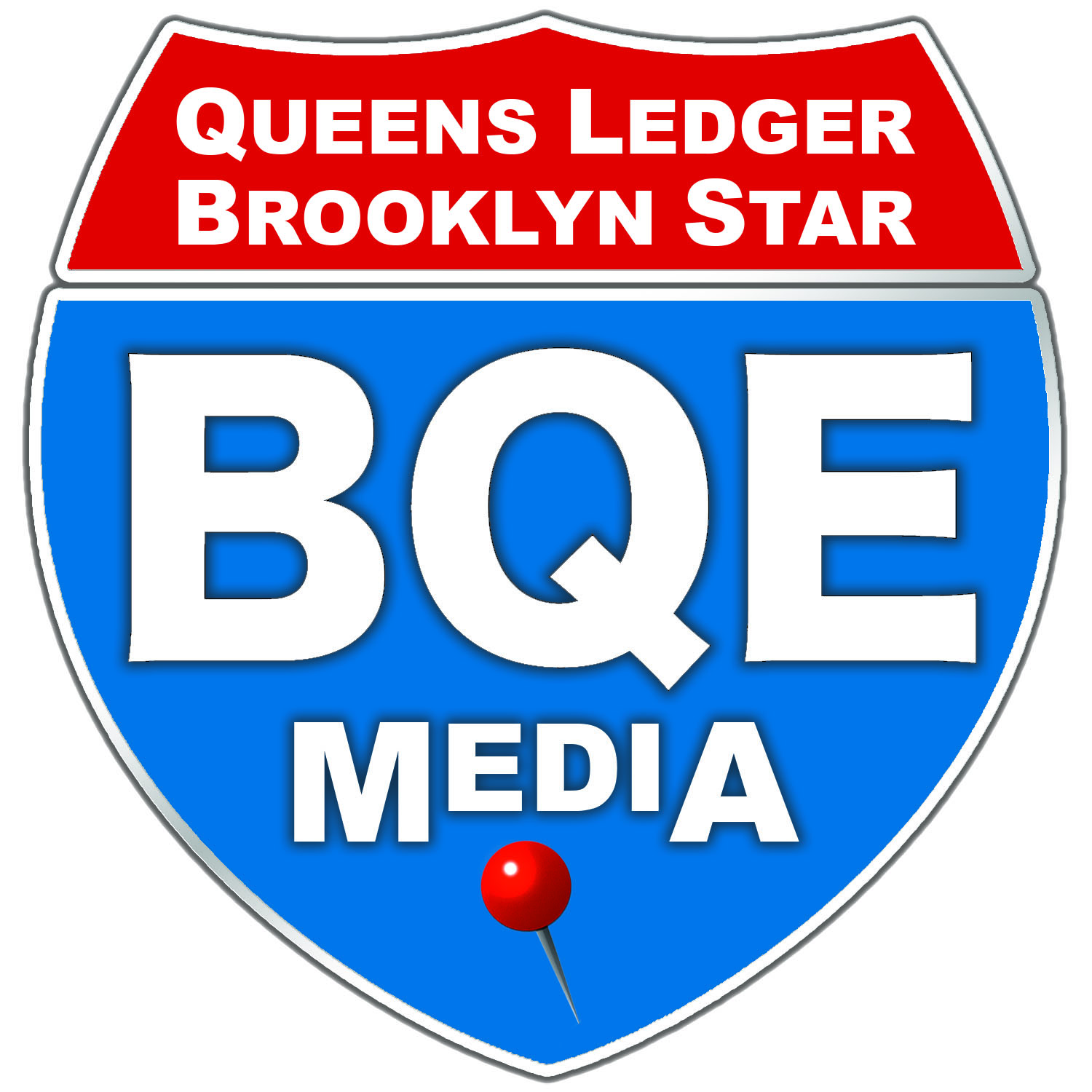




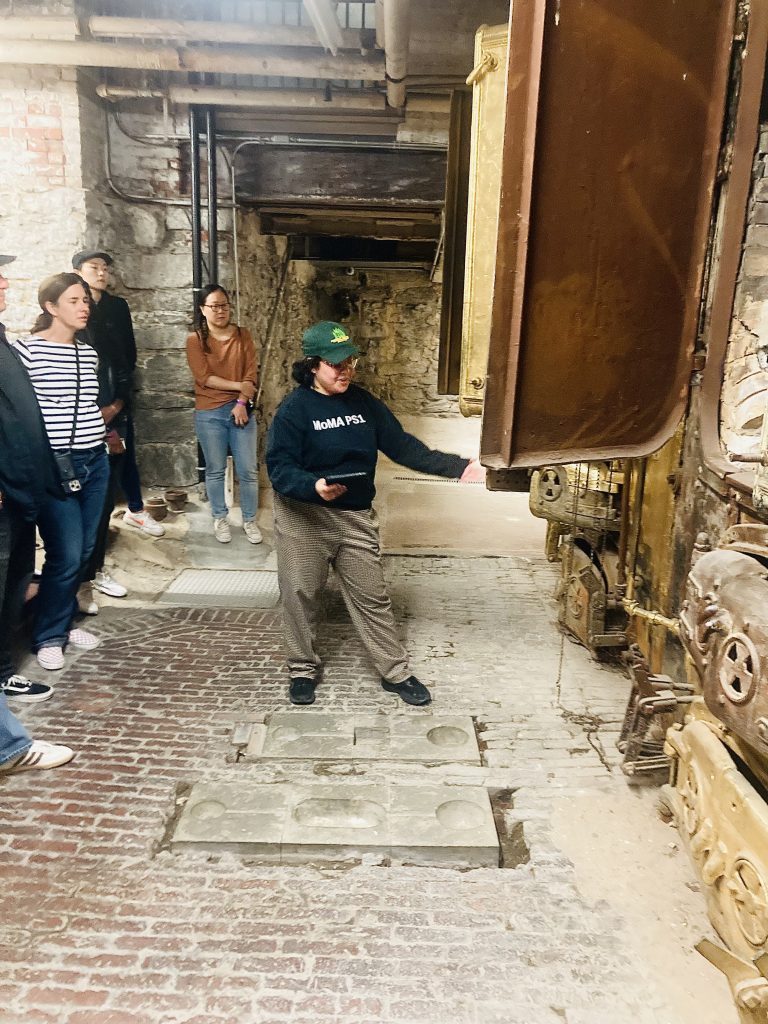
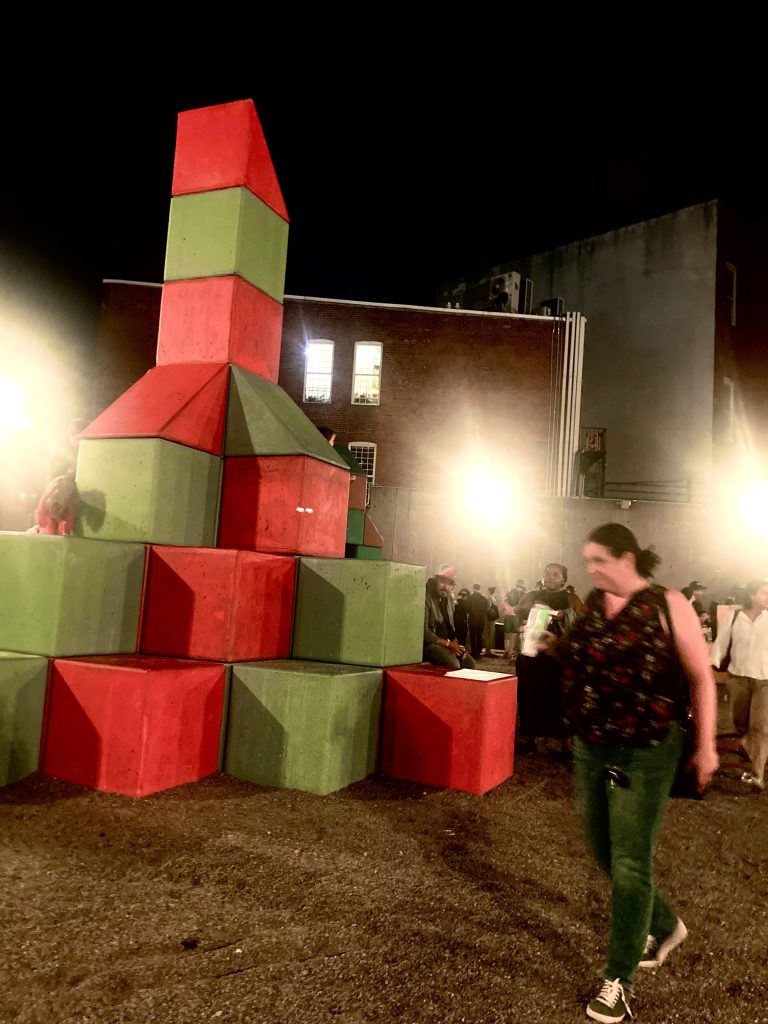
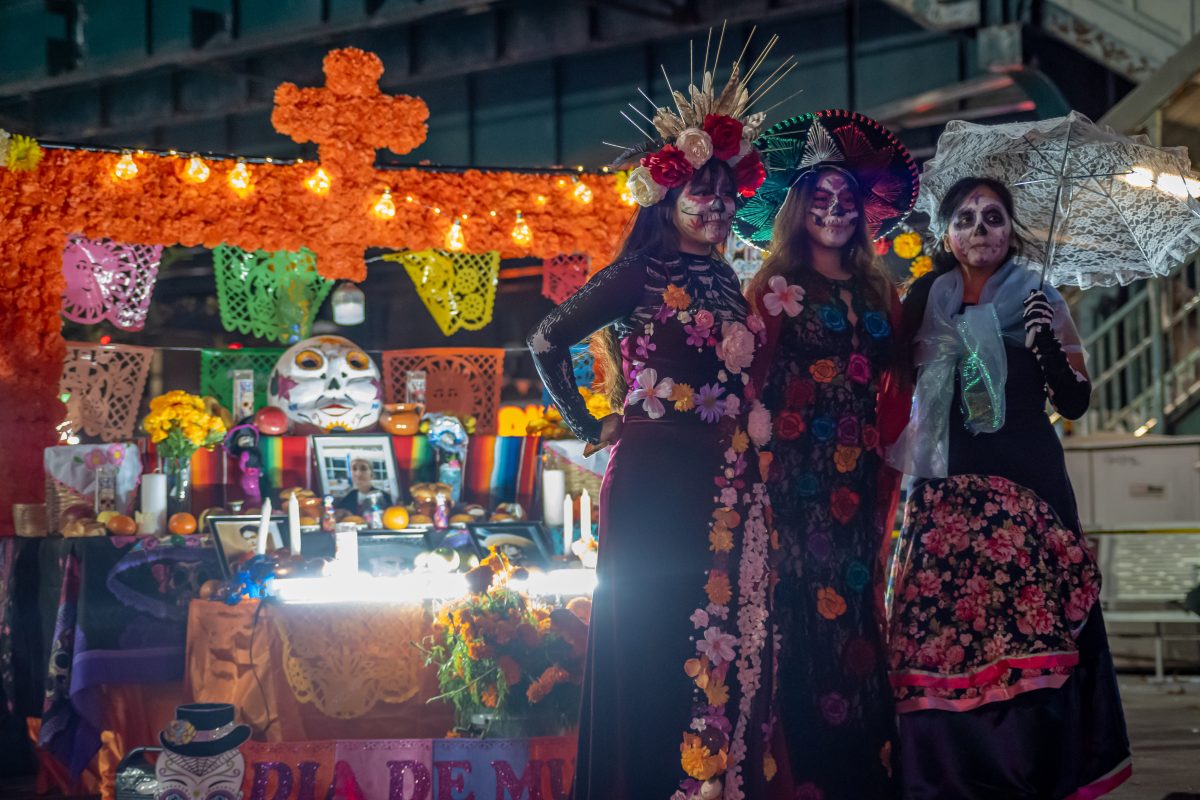
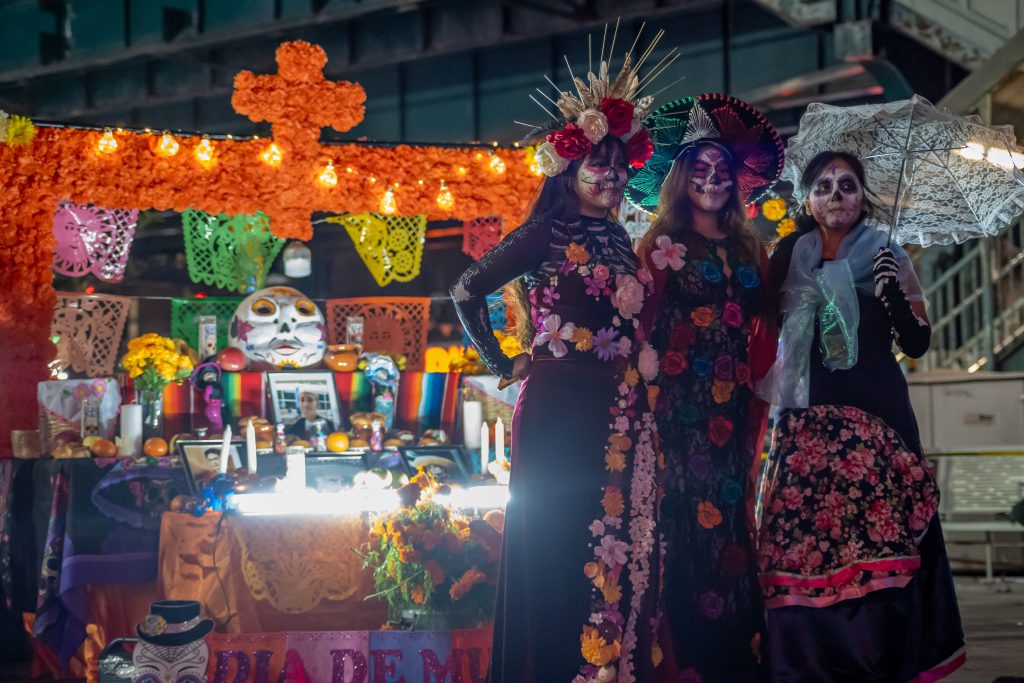

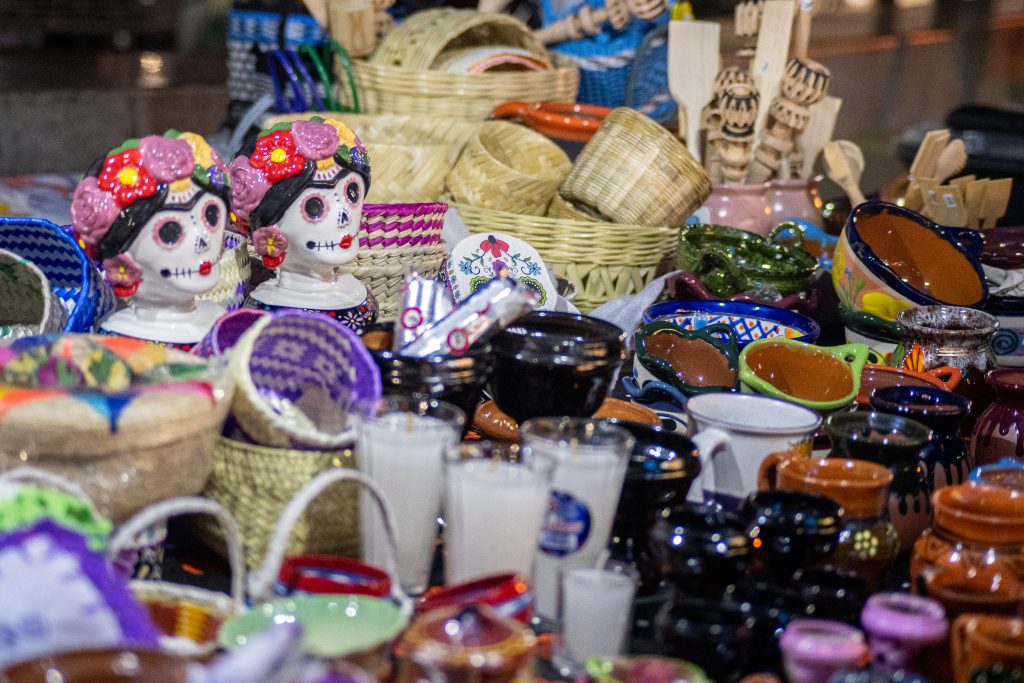
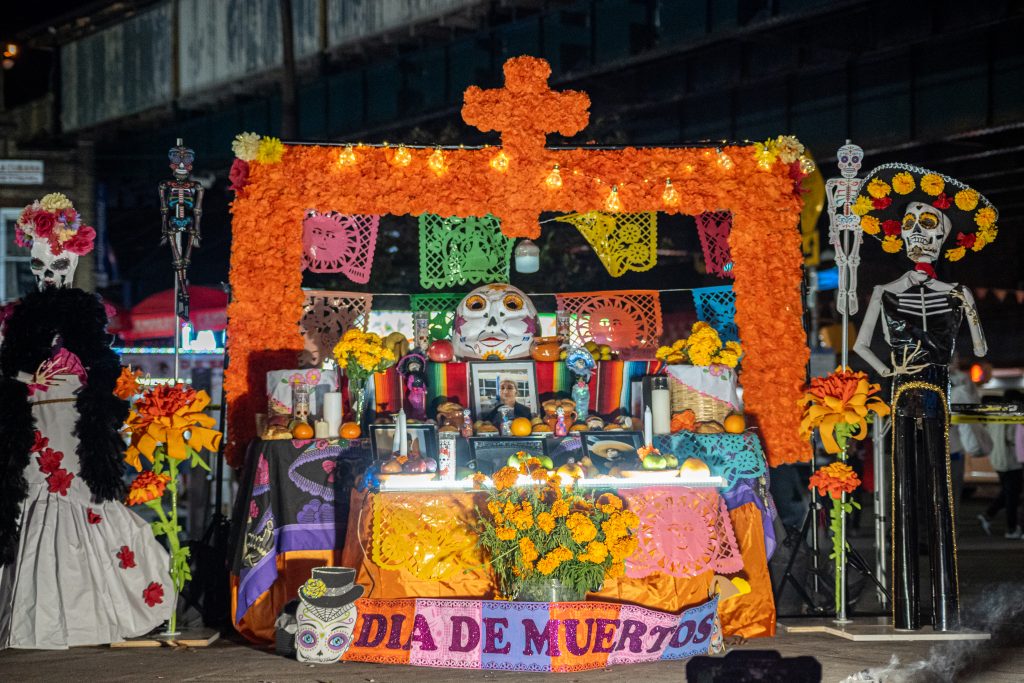
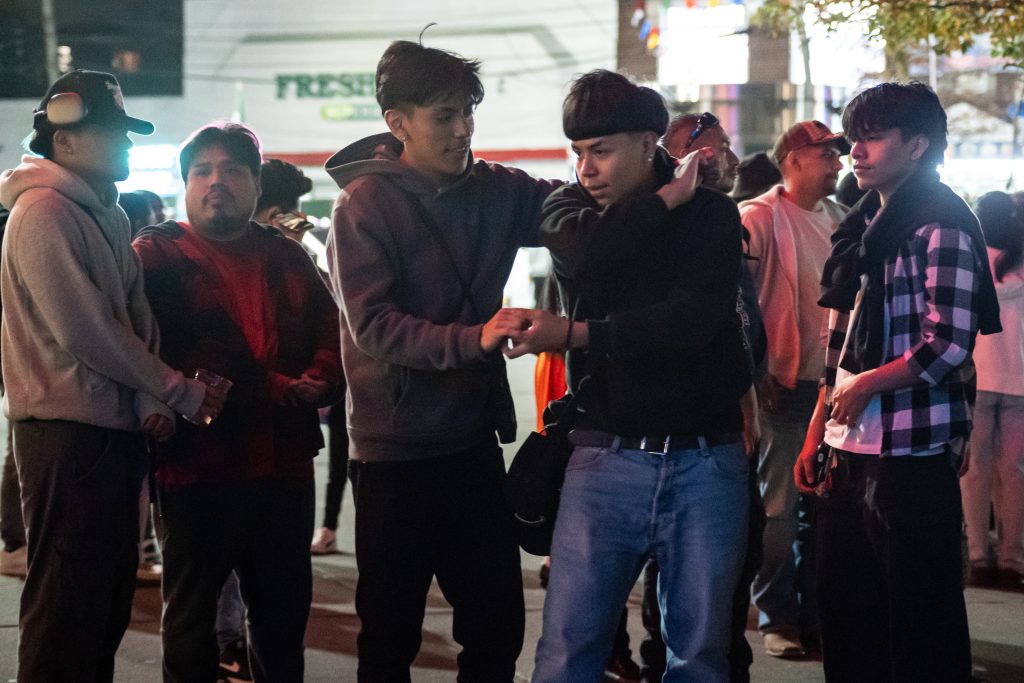

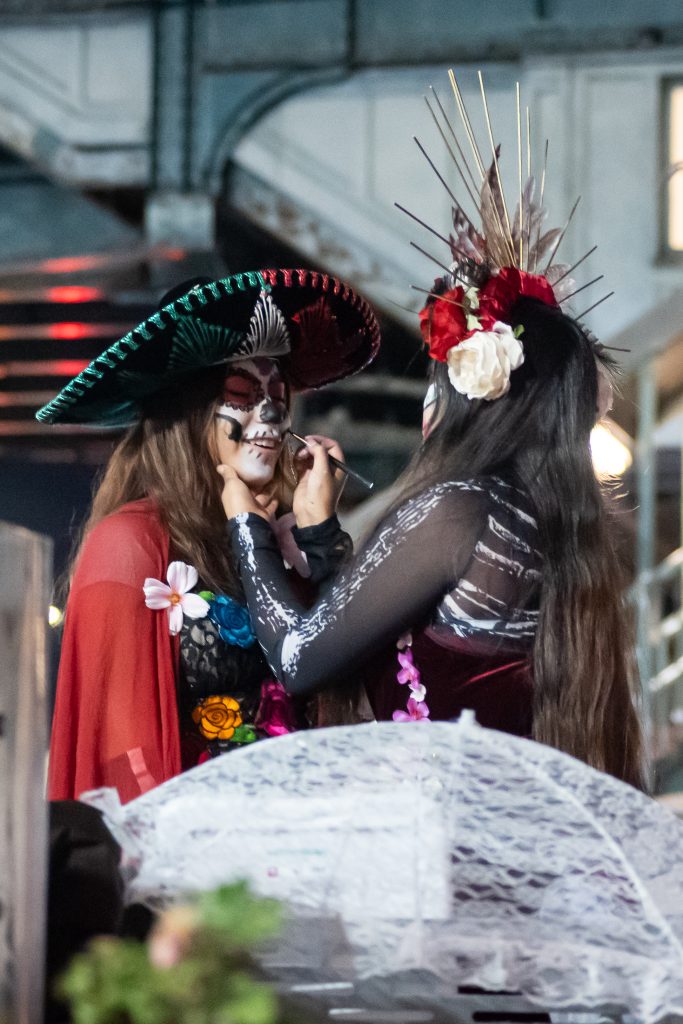



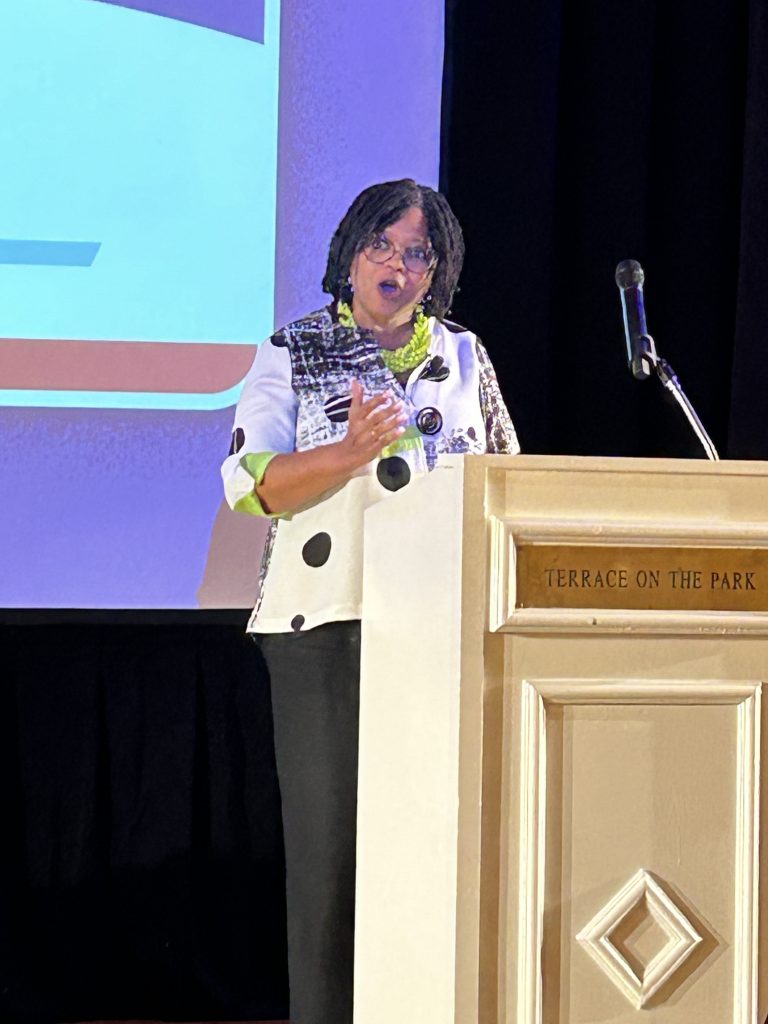

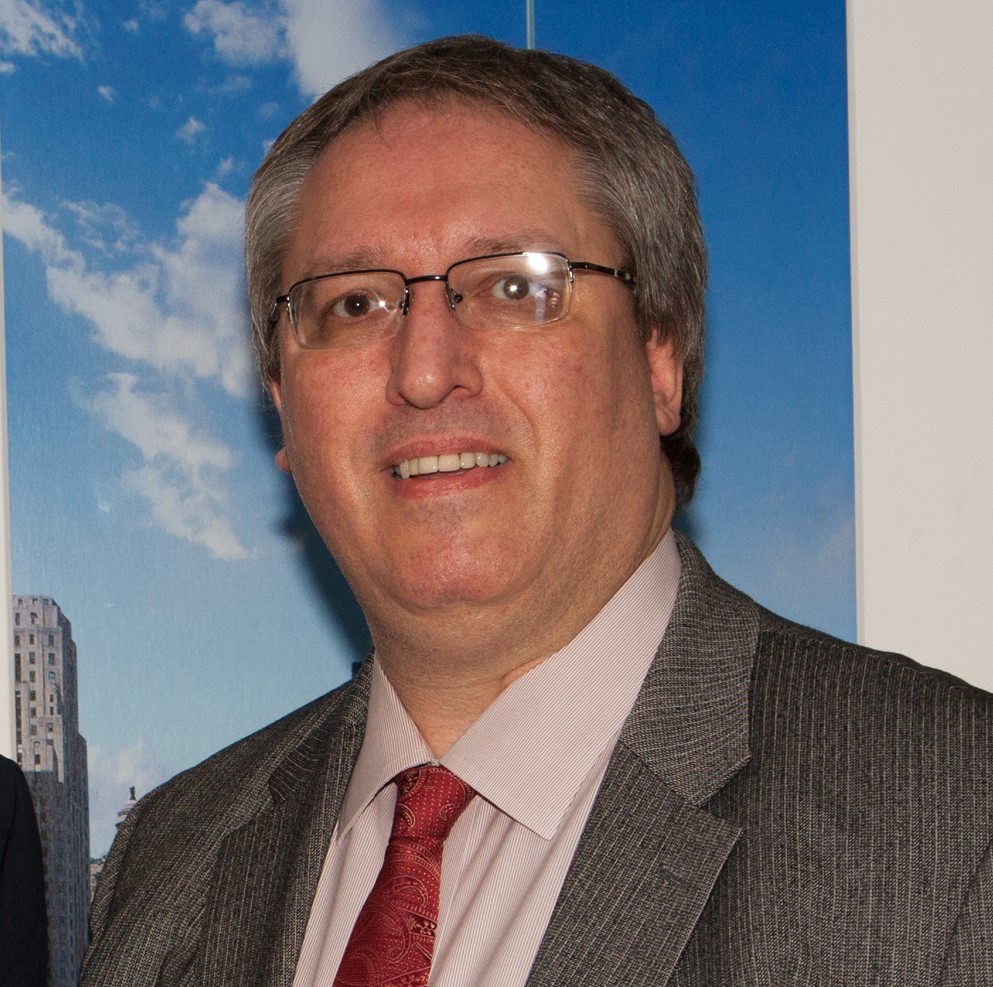 Hornak is a professional political consultant who has previously served as the Deputy Director of the Republican Assembly Leader’s NYC office and as Executive Director of the Queens Republican Party. He can be reached at rahornak@gmail.com
Hornak is a professional political consultant who has previously served as the Deputy Director of the Republican Assembly Leader’s NYC office and as Executive Director of the Queens Republican Party. He can be reached at rahornak@gmail.com 